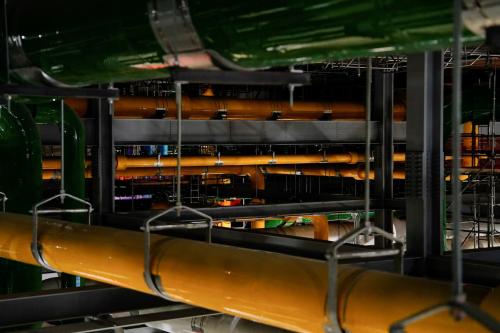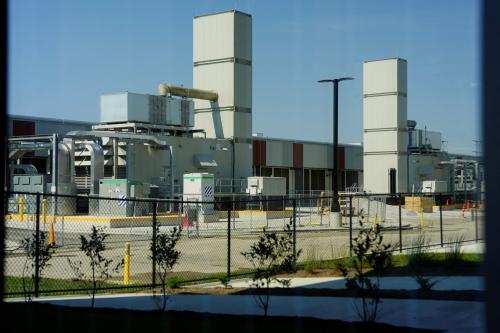ABSTRACT
Our nation’s air traffic control system, run by the Department of Transportation’s Federal Aviation Administration (FAA), has not kept up with the explosive growth in air travel. In 2007, flight delays cost passengers and airlines $12 billion to $14 billion in lost time and fuel. Flight delays are just a symptom of two fundamental problems with the way the federal government manages the air traffic control system. One problem is governance. As a traditional government agency constrained by federal budget rules and micromanaged by Congress, the FAA is poorly suited to run what amounts to a capital-intensive, high-tech service “business.” Moreover, the FAA regulates as well as operates the air traffic control system, which represents a potential conflict of interest. A second problem is financing. The mechanism used to fund the system (passenger taxes, principally) encourages overuse of scarce capacity and deprives the FAA of feedback from its real customer: aircraft operators. Although the FAA plans to move to a next-generation, satellite-based system, the transition is currently scheduled to take nearly twenty years. Moreover, the severe and systemic problems that have plagued past FAA modernization efforts are almost certain to persist.
This paper argues for two major changes designed to improve the safety and reliability of the air traffic control system. The first would create a new modal administration within the Department of Transportation focused exclusively on delivery of air traffic control services and regulated at arm’s length by the FAA. Most important, separation of the air traffic control operator from its FAA regulator would enhance safety by eliminating the potential conflict of interest that now exists. In addition, separation would help the air traffic control service provider clarify its mission, a key to improved performance, and make it easier to attract and retain outstanding senior leadership. The second change would replace excise taxes on passengers, cargo and fuel with cost-based charges on (most) aircraft operators themselves. Prices would give users an incentive to consume air traffic control resources efficiently and establish a direct link between users and the FAA (“user pay, user say”). I stop short of calling for moving the air traffic control system to a government corporation or some other (nonprofit) autonomous entity outside the traditional government bureaucracy. Although such a step would be highly beneficial, it does not appear to be politically feasible at this time.
The Brookings Institution is committed to quality, independence, and impact.
We are supported by a diverse array of funders. In line with our values and policies, each Brookings publication represents the sole views of its author(s).



